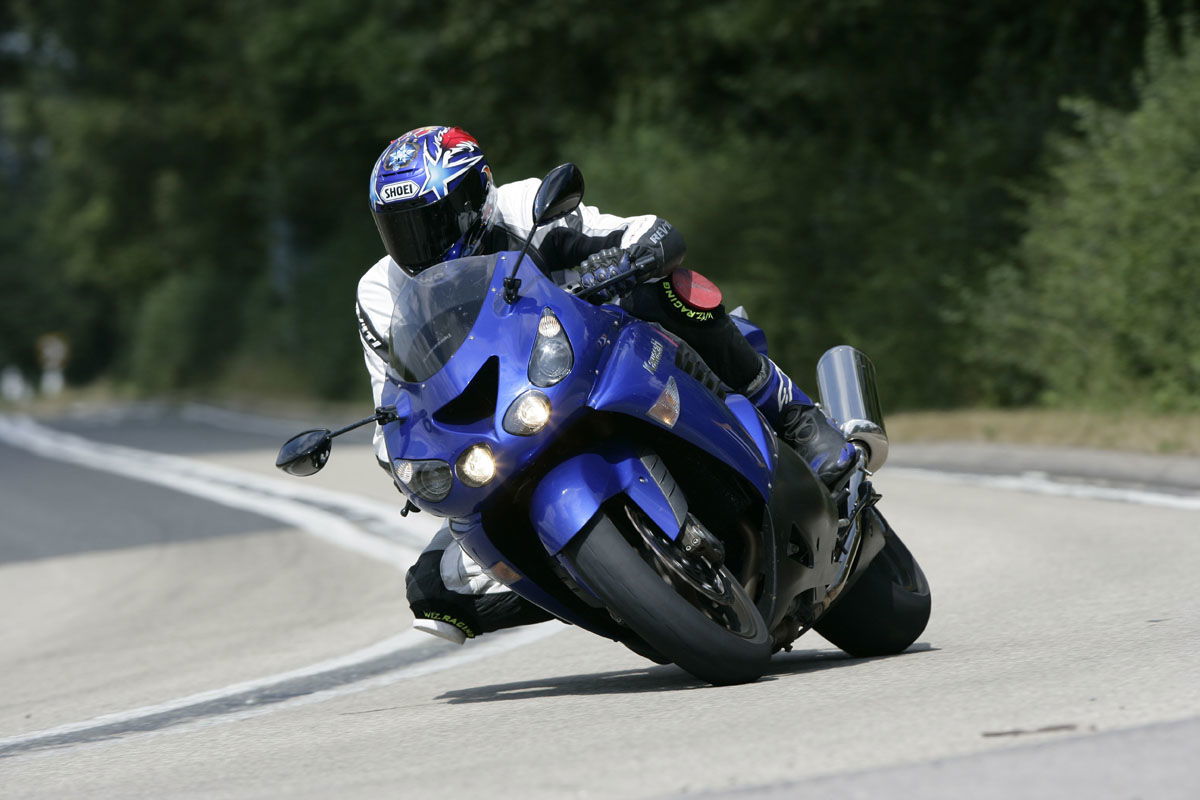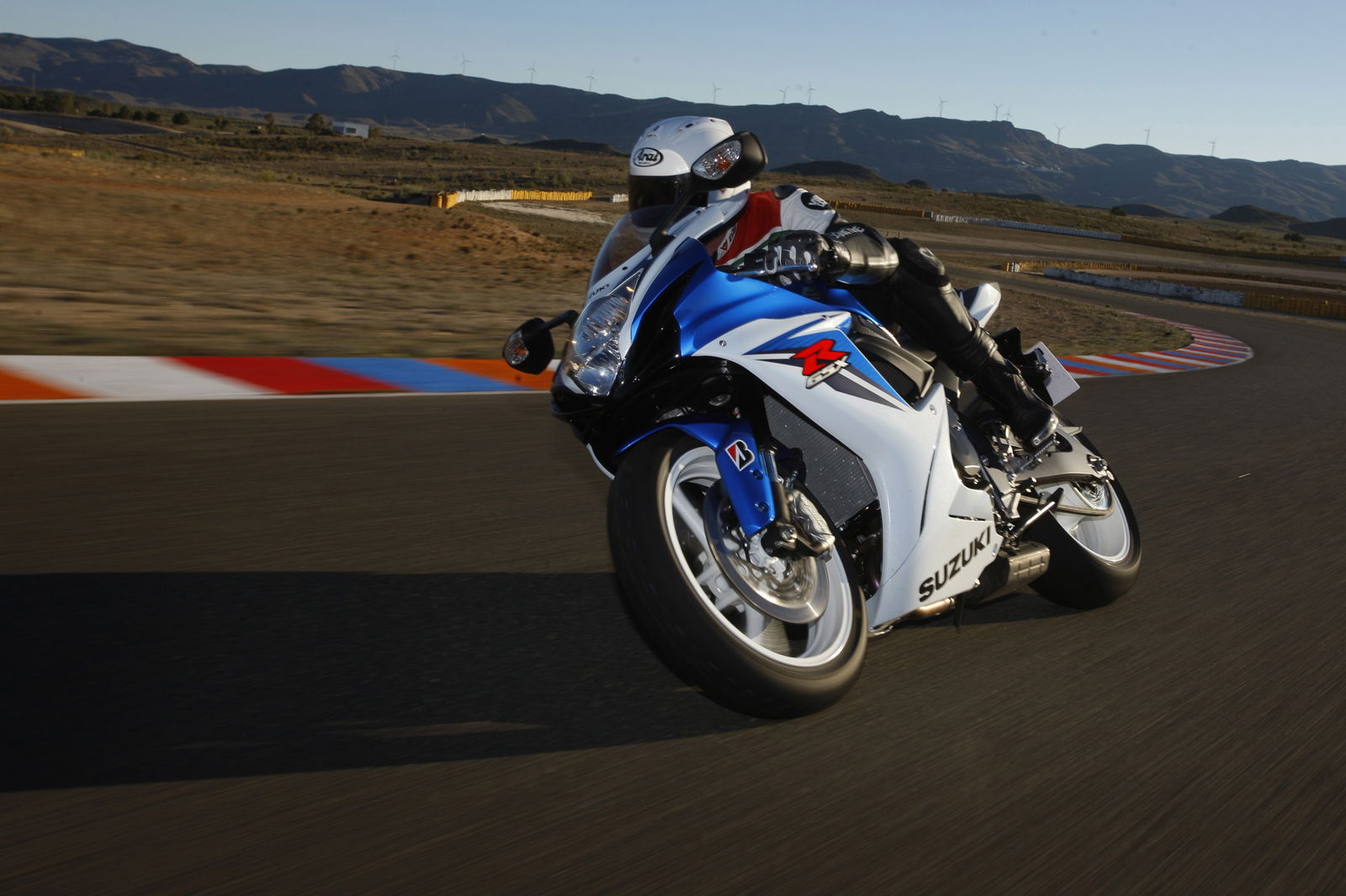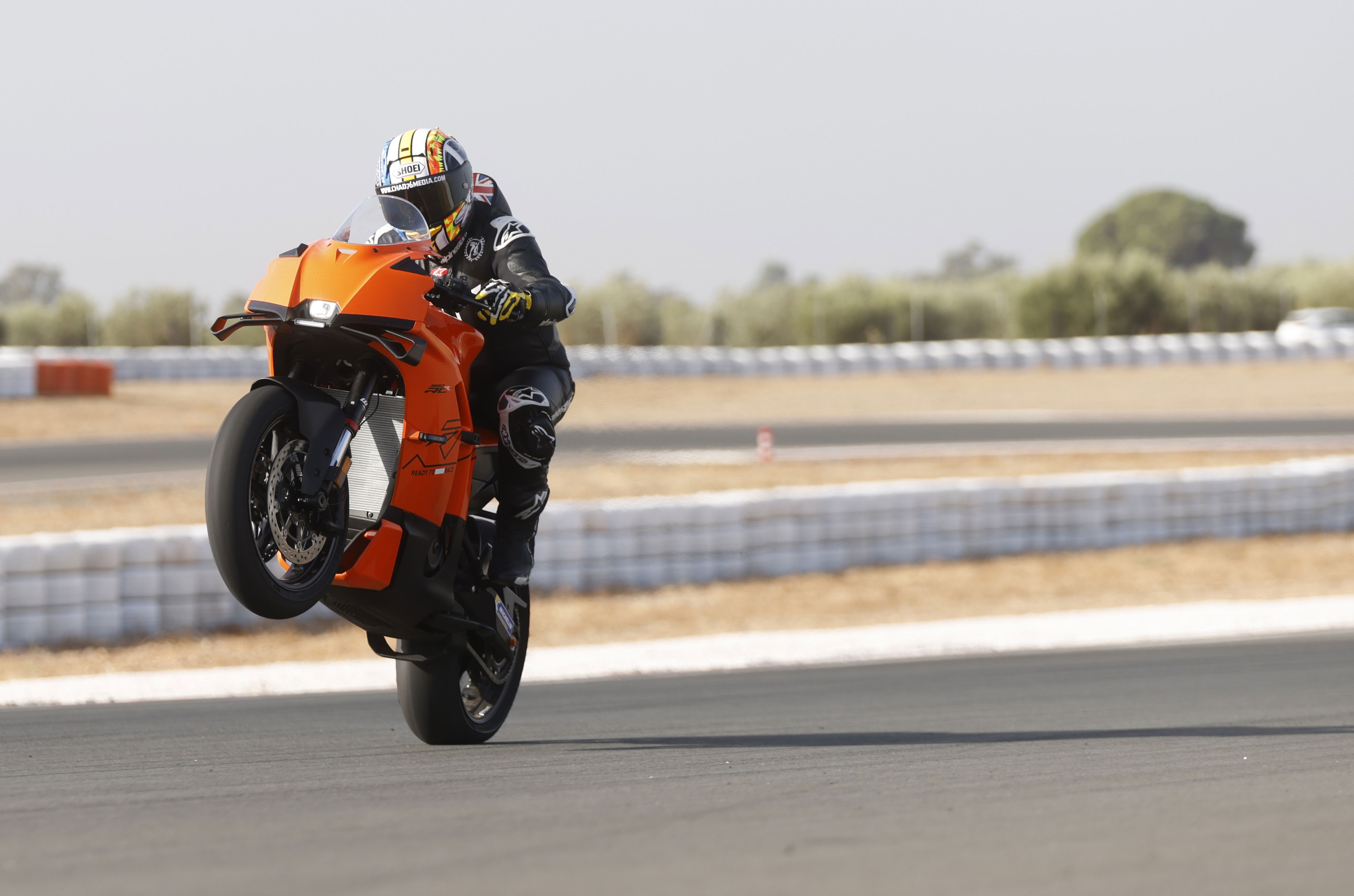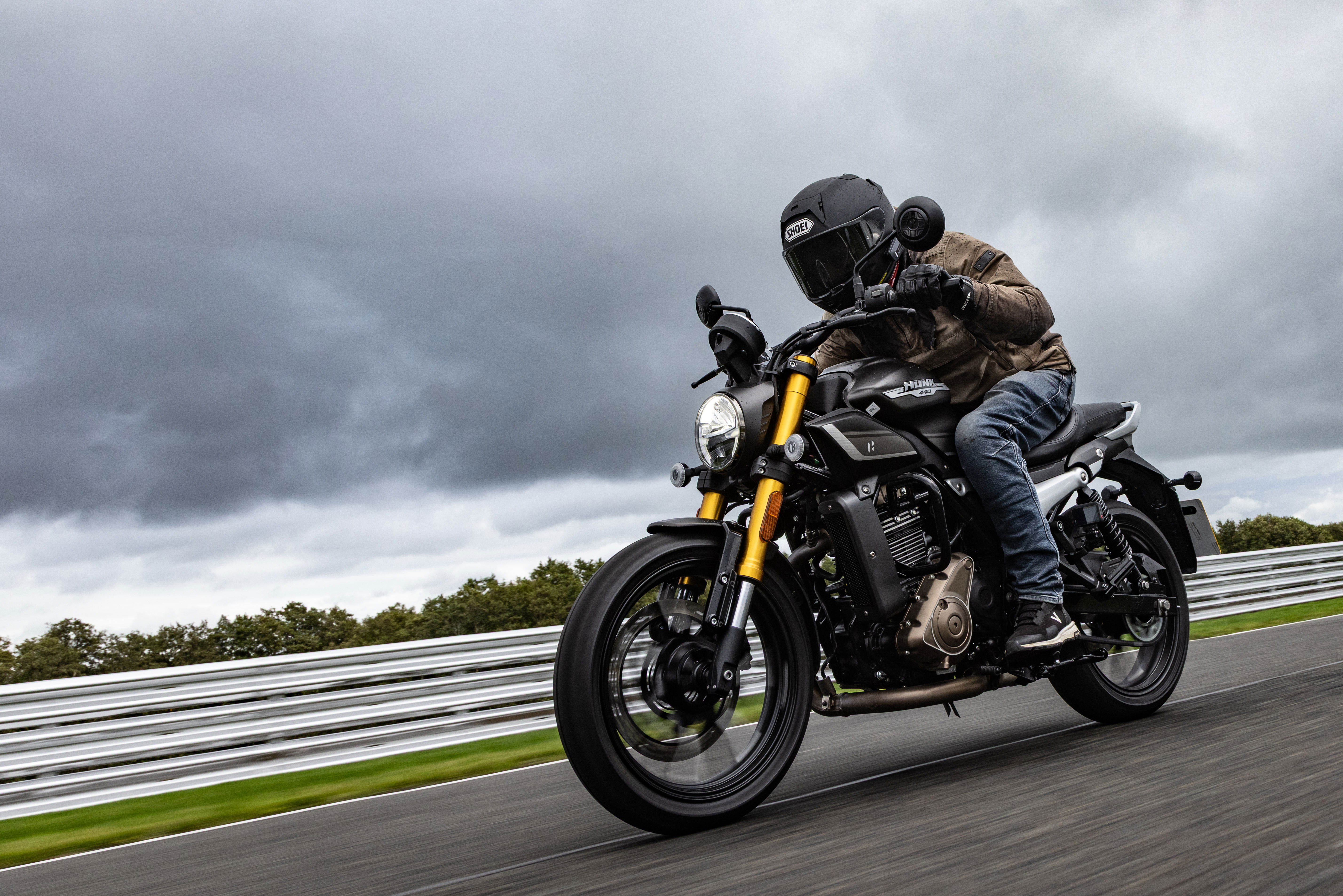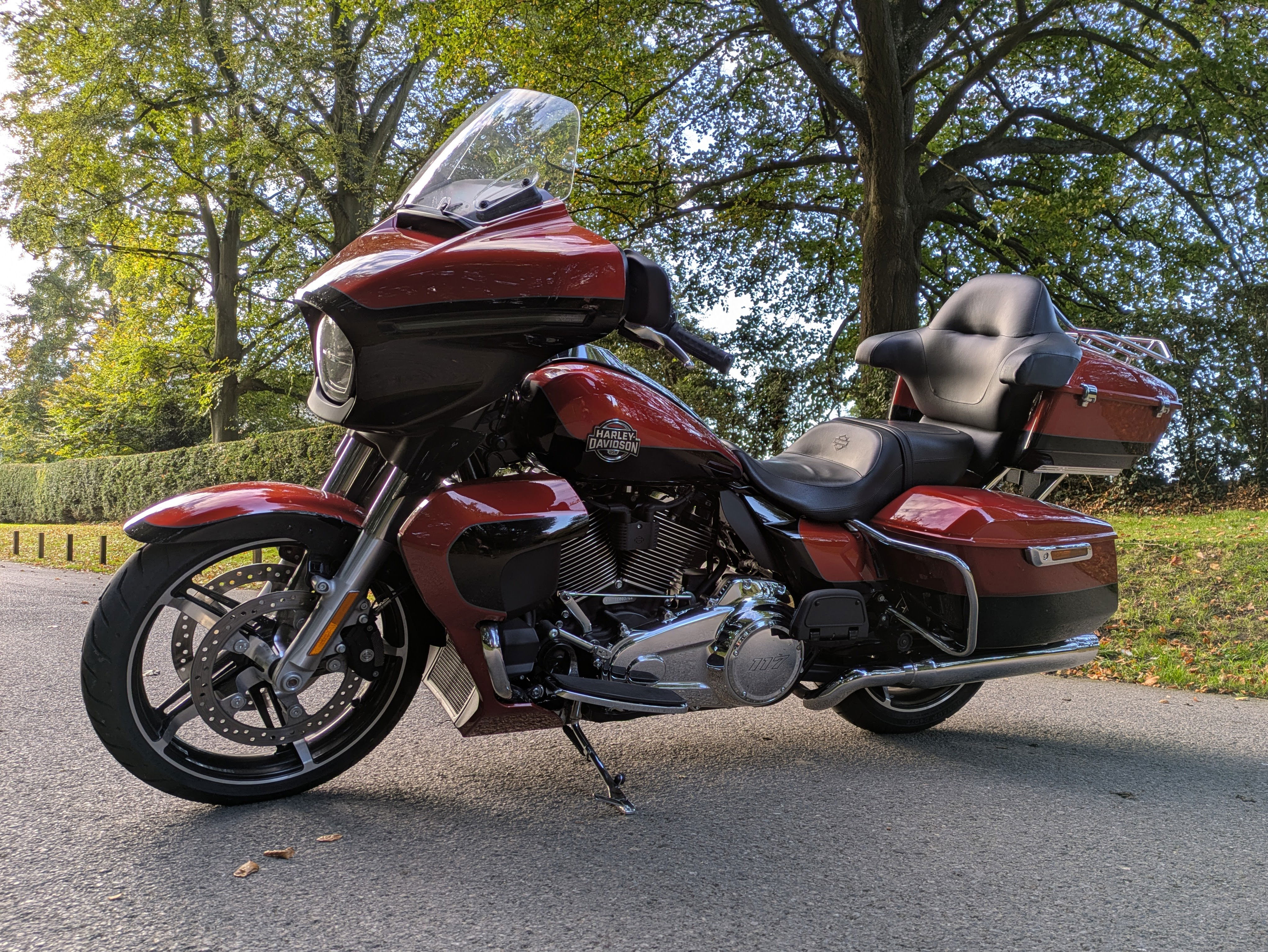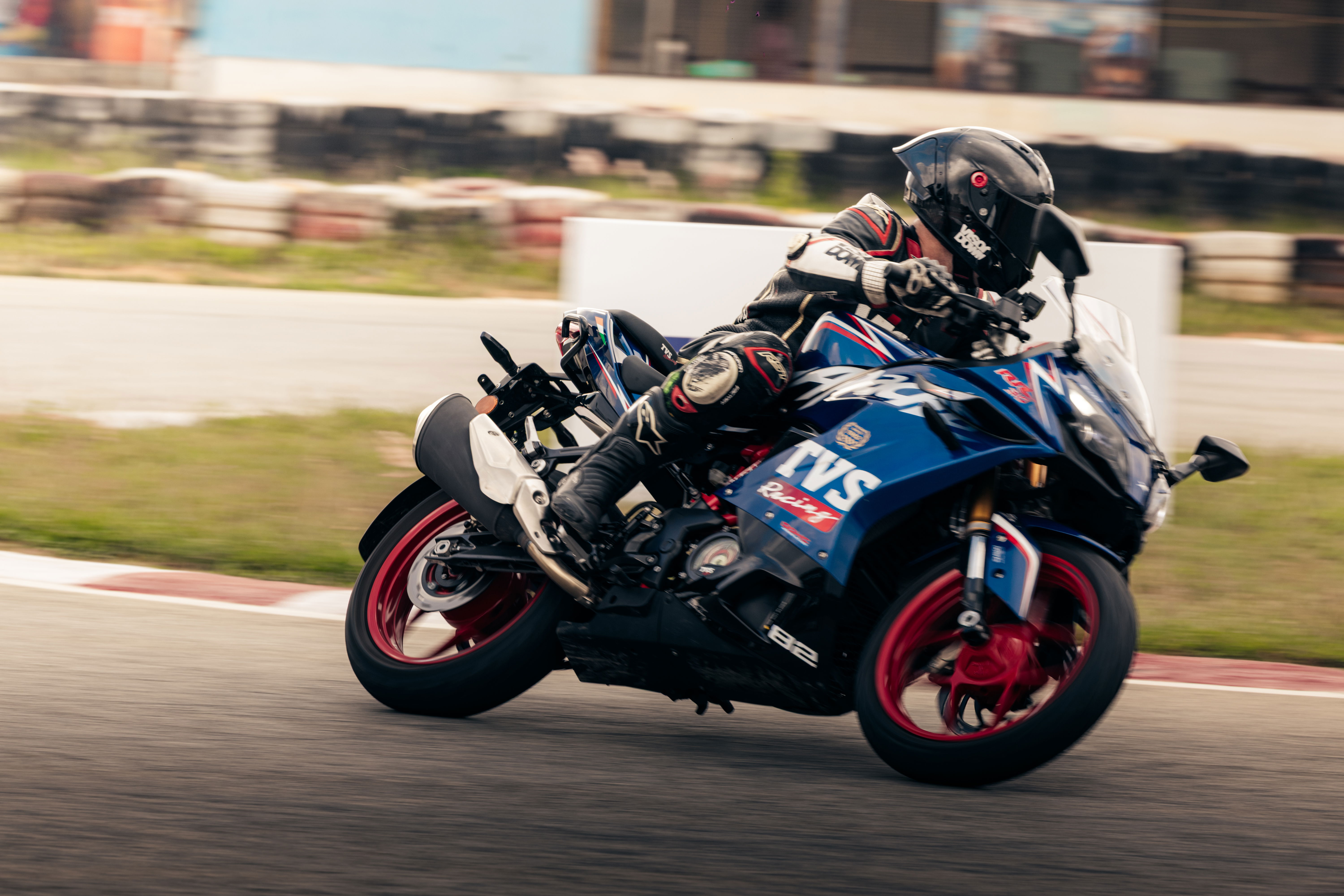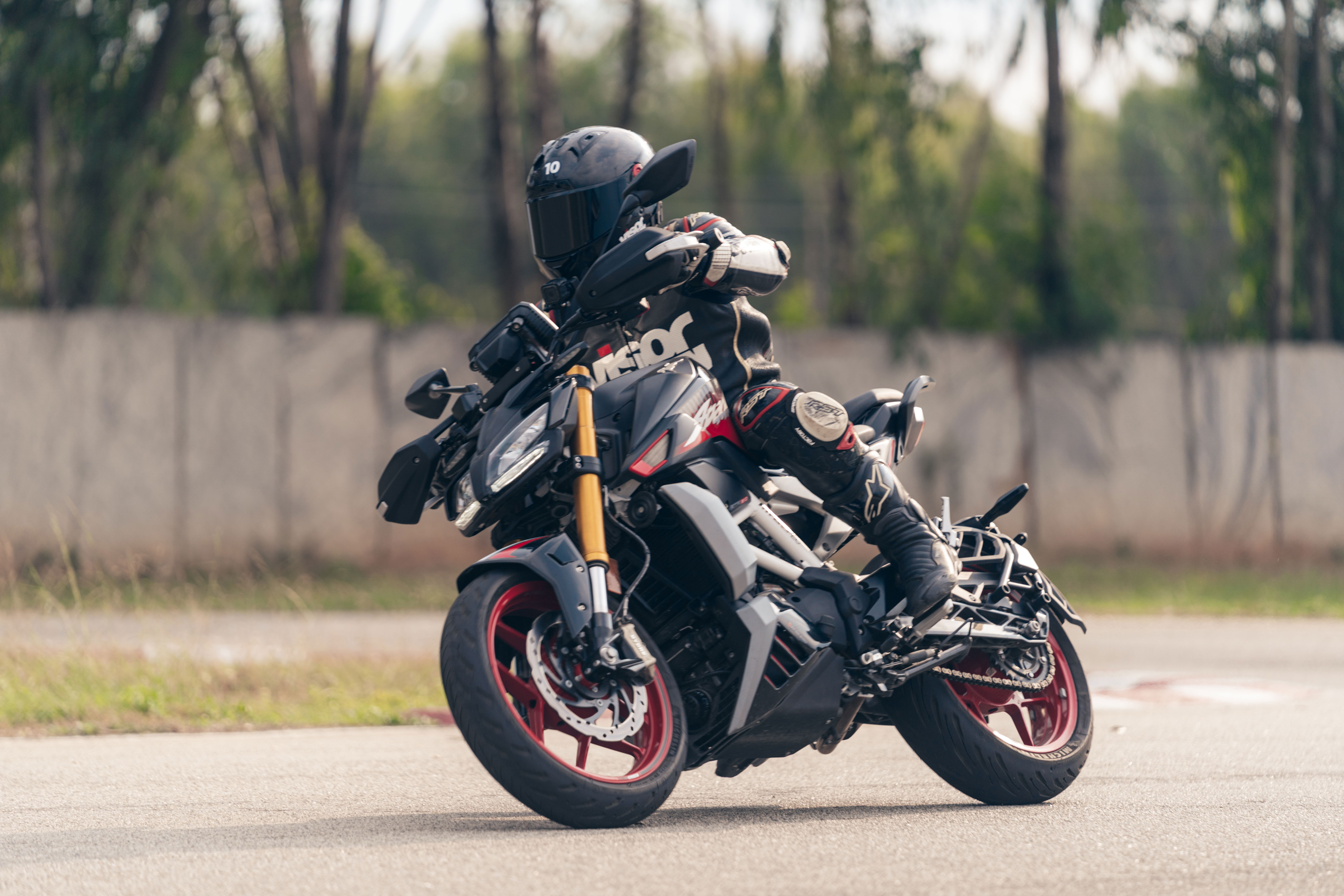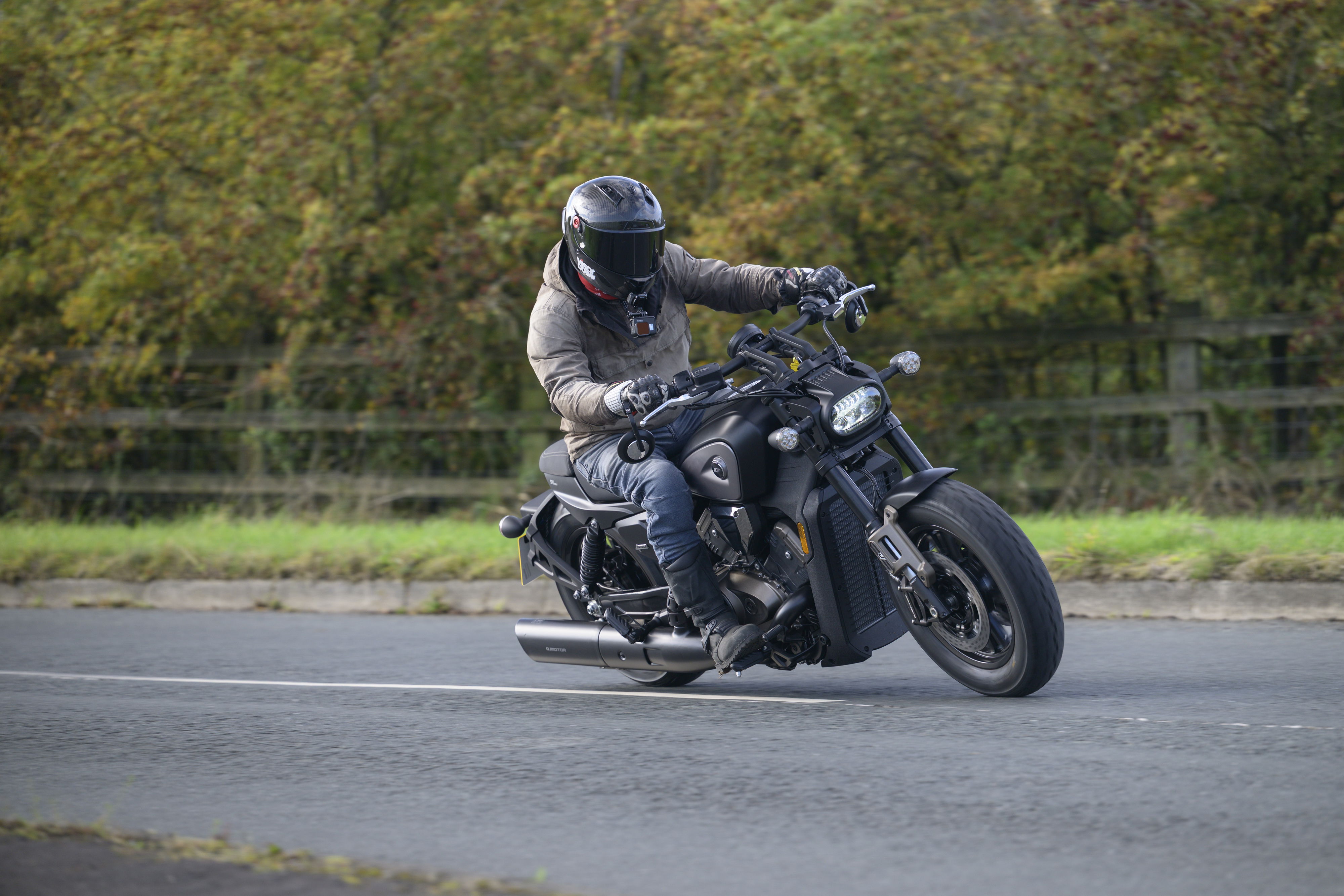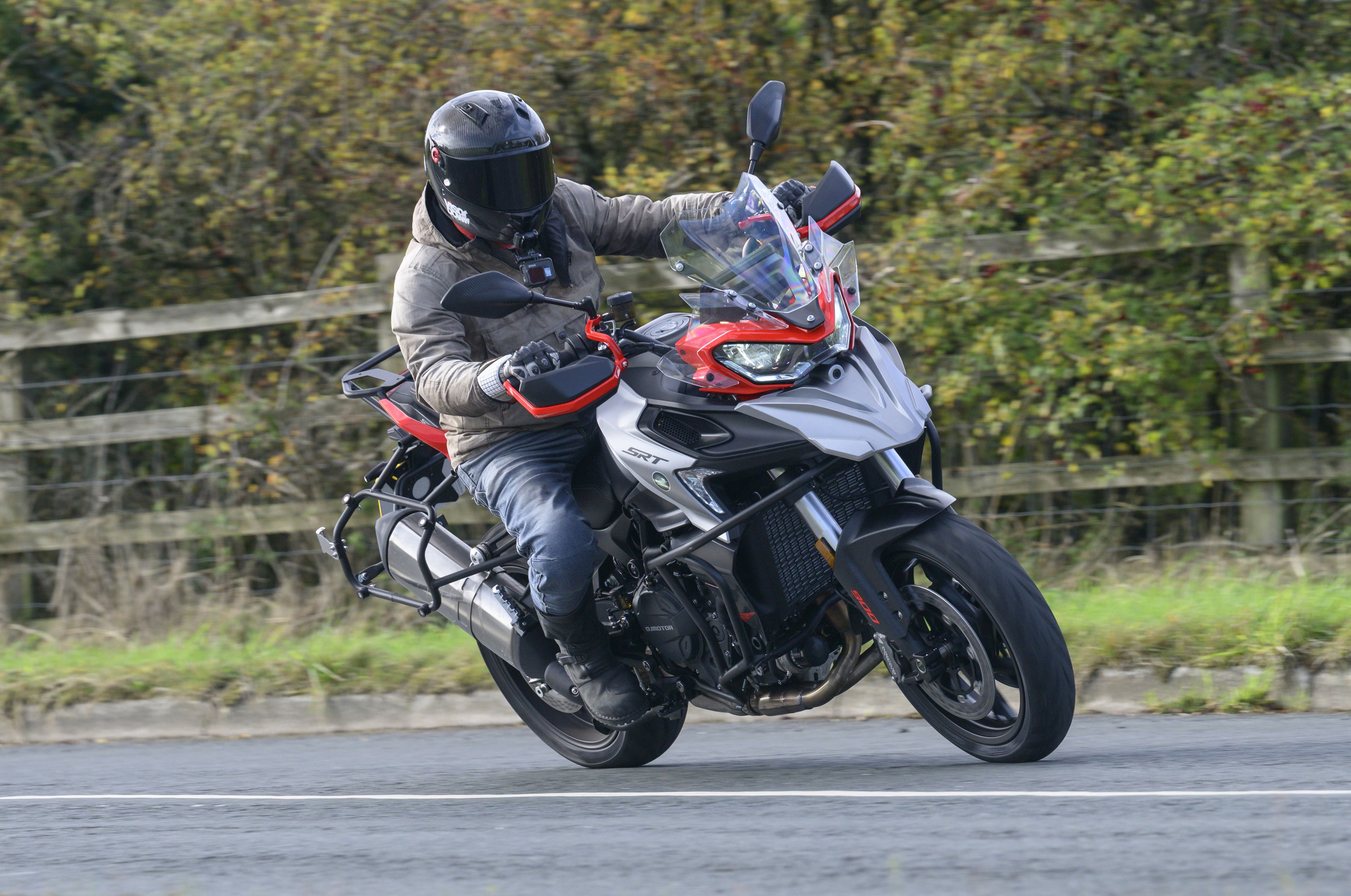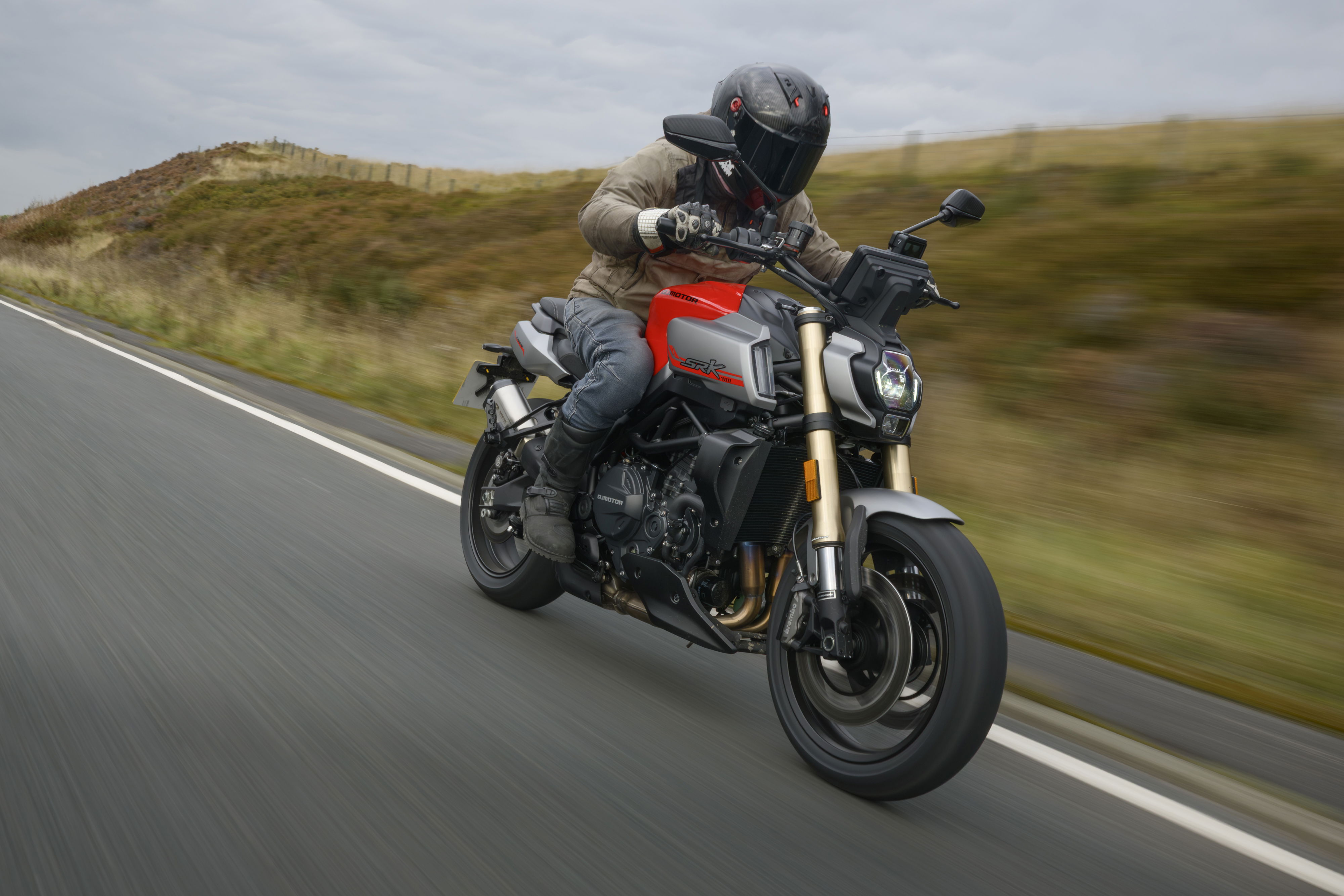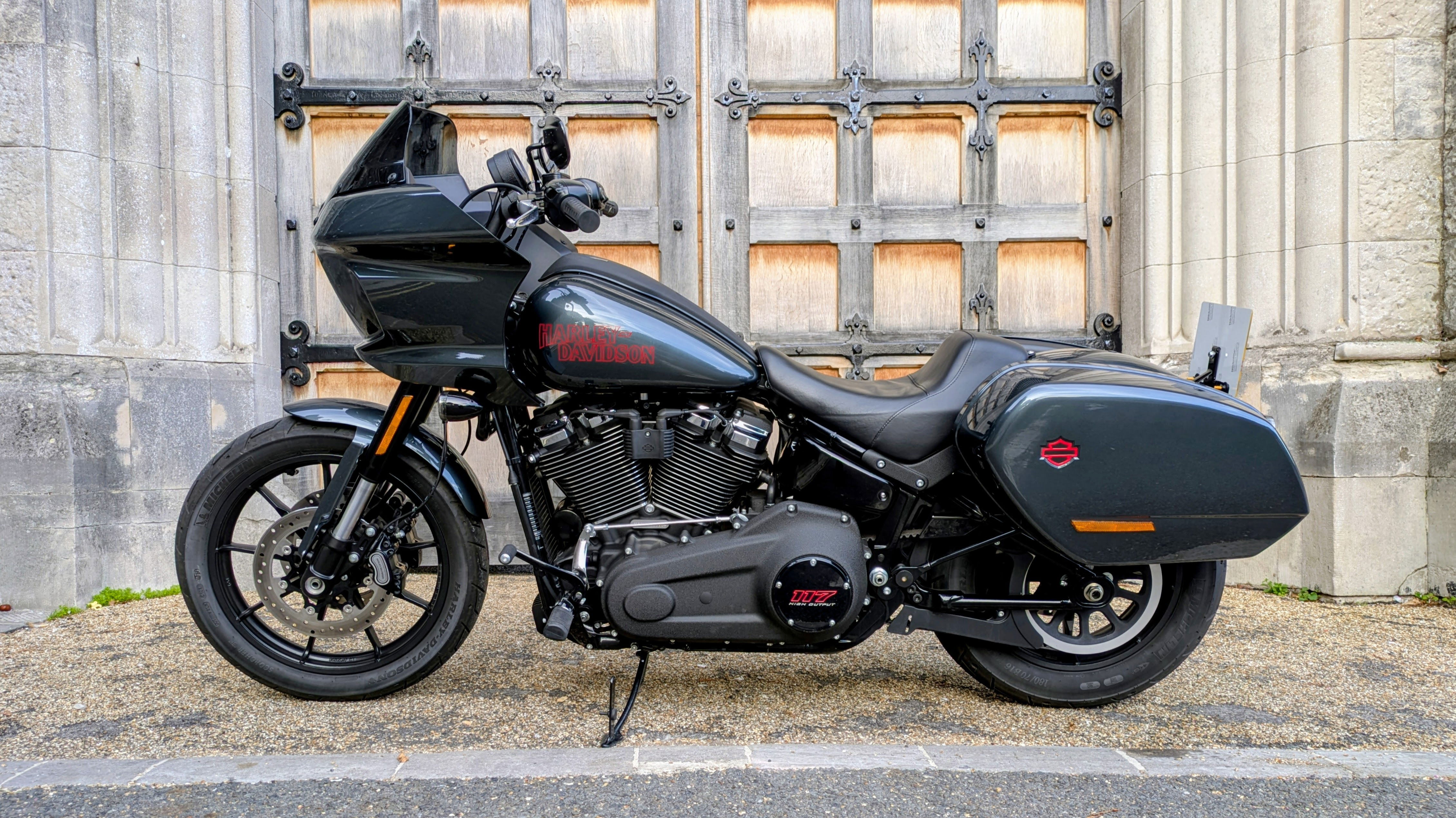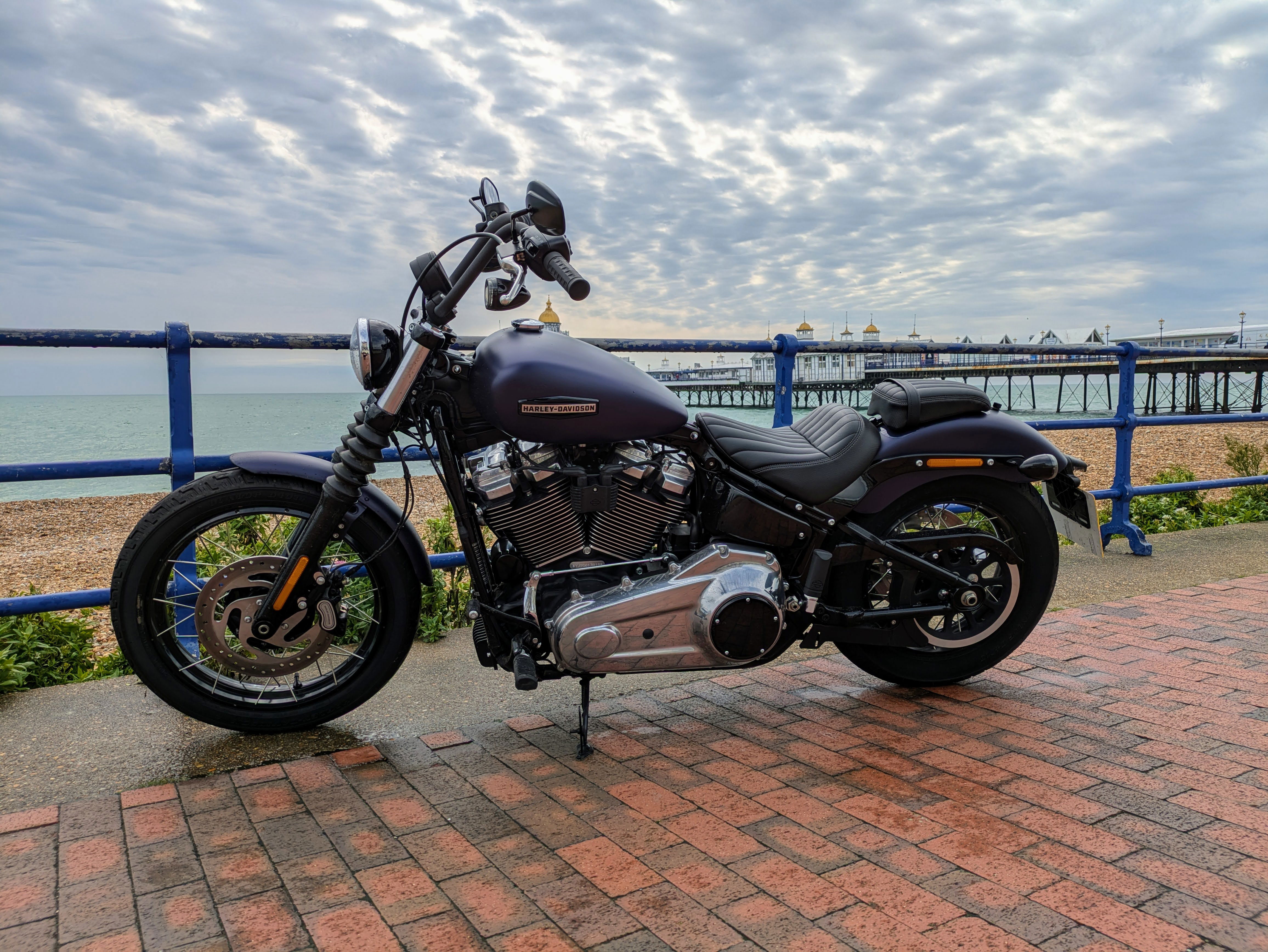First Ride: 2011 Kawasaki Z750R
Visordown heads to Spain to see if the new Kawasaki Z750R can live up to the hype and beat its way to the top of the naked middleweight class

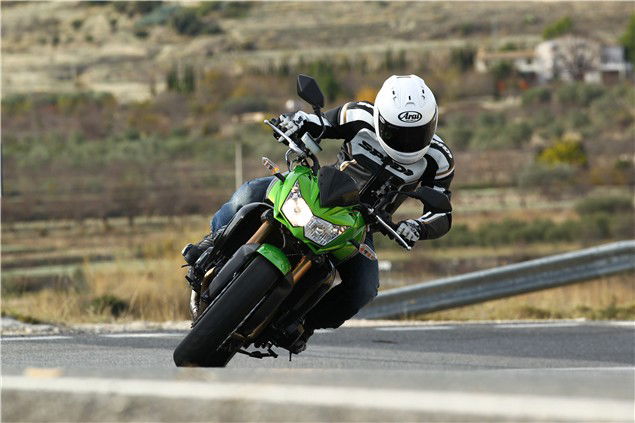
When Kawasaki launched the original Z750 in 2003 it was a breath of fresh air in the naked middleweight market; an unknown 750 and not another 600.
The Zed flaunted the rules of the 600cc nakeds that stood before it. With a strong engine that was originally from a ZX-9R, sleeved down to 748cc, it had torque, stomp, pep and a little bit of shove in there too.
Unlike its 600 rivals, it wasn’t polite, obedient and neutered. Its engine was willing and goaded you on; despite the fact it had a chassis that - when the going got fast - struggled to keep up. But that was one of its charms; you really felt you were riding it on the edge at speeds that weren’t really edgy at all.
Now, 7 years on from the original Z750’s launch, the market has moved on and capacities have been smudged and nudged in all sorts of directions. Pick a number between 600 and 1000 and you’ll find a naked bike there for you. And that means the Zed is no longer unique, so, does the new Z750R offer enough to make the Z750 stand out from the crowd like it did in 2003? Let’s take a look at the facts and figures..
The Z750R isn’t massively different to the current Z750, the engine remains unchanged and power is therefore exactly the same. For me, the rest of the package has to work twice as hard to warrant the R badge.
Front to back the performance changes are as follows: a new front-end from the Z1000, featuring 41mm upside-down forks with adjustable rebound and preload, radially-mounted 4-pot callipers and twin 300mm discs, all connected with twin steel-braided lines. The rear-shock is an upgraded piggy-pack unit with adjustable rebound and preload. The swing-arm is a lighter unit, made from aluminium and not steel.
The other changes are cosmetic, from a revised bikini fairing, to engine shrouds and an all-black engine. It looks smart and there’s nothing it lacks as standard in terms of looks, it’s brutish and sporty without being a tart’s handbag.
At 3kg lighter than the standard Z750 and only 6kg lighter than a Z1000, before I rode the Z750R, I felt that its lack of extra horsepower was a clear Achilles’ heel and made it somewhat a pretender to the ‘R’ badge.
Sat on the Z750R, the 10mm taller seat height makes no difference to me, at 5’10” but might rule out a few shorter riders – that’s the price you pay for shorter tie-bars that Kawasaki say helps improve the Z750R’s handling.
